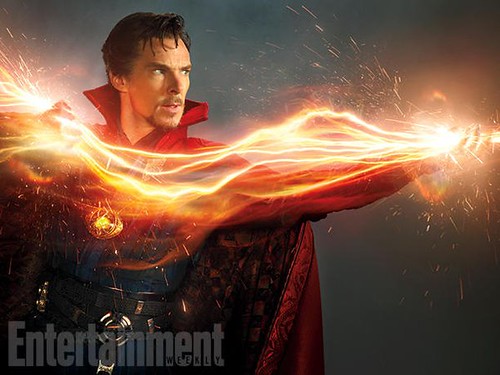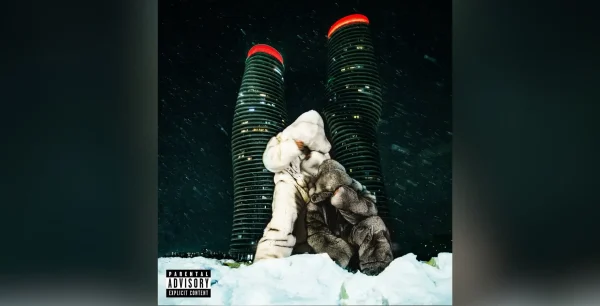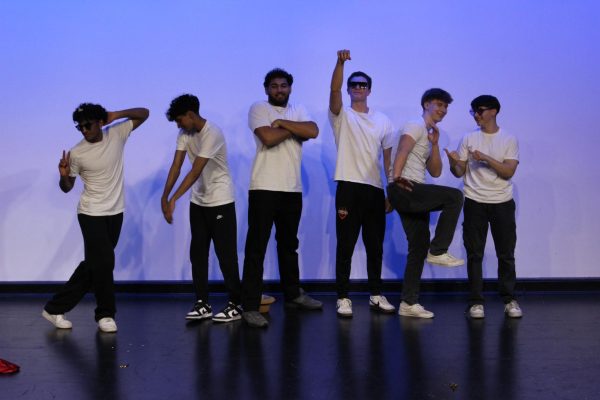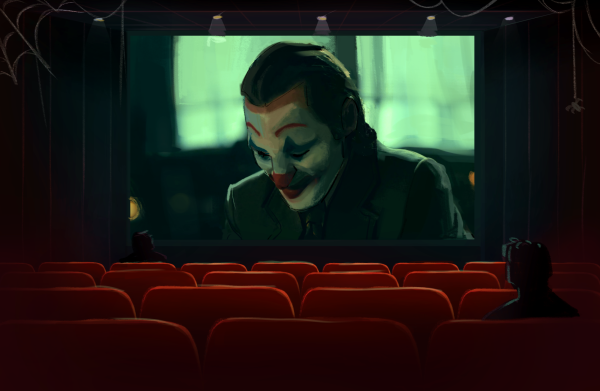Doctor Strange in the Multiverse of Mid-ness
So-called magical movie fails to deliver Disney magic

Courtesy of AntMan3001 from Flickr
Benedict Cumberbatch doesn’t bring a jolt of live to the middling “Doctor Strange in the Multiverse of Madness”.
“Doctor Strange in the Multiverse of Madness” is the newest film in the Marvel Cinematic Universe, and it definitely IS a movie.
Directed by Sam Raimi, who is most well known for his direction of his trilogy of Spiderman movies and the original “Evil Dead” trilogy, this is his first film in the MCU, and it is quite a poor introduction due to its poorly written characters, reliance on MacGuffin plot devices, and the use of light gore elements for the sake of cheap shock value.
Most importantly, however, the film seems to be more of a Scarlet Witch movie under the Doctor Strange name because he’s a more popular character that Disney thought would earn more money.
The film begins with an alternate version of Doctor Strange (Benedict Cumberbatch) and America Chavez (Xochitl Gomez) running from a fire demon that looks like Te Kā from “Moana.” They’re running toward the Book of Vishanti, one of the main MacGuffins of the film, so that they can use its power to save themselves. Just before we can learn about the alternate version of Strange or the visually interesting world around them, he dies and America’s powers cause her to be teleported to another dimension because we need to move onto the next scene.
The film returns us to Earth-616, the baseline universe of the MCU, where Doctor Strange and Wong (Benedict Wong) fight an octopus monster that wants to kidnap America. The monster has witchcraft runes on it, which is important later. The way it dies (impalement in its eye,) establishes the precedent for the movie’s love of light gore for the sake of shock value. Apparently, the monster wanted America because of her ability to travel the multiverse.
Recognizing the witchcraft runes on the monster, Doctor Strange then goes to Wanda Maximoff, or Scarlet Witch (Elizabeth Olsen) for help. Turns out, Wanda was the witch who was sending the monsters after the multiverse traveler. She demands that Strange surrenders America to her so that she can take her powers for herself and travel to a universe where she can live with her two sons. Strange does not comply with Wanda’s demands because America will die if Wanda drains her powers. The Scarlet Witch then goes to and destroys the fortress and the majority of the sorcerers protecting America. During the showdown with the Scarlet Witch, America teleports Strange and herself into a different universe.
Much of the remainder of the runtime consists of Wanda chasing America and Strange throughout alternate universes, like the famous hallway and door scenes of Scooby-Doo. But the end of the film brings this mildly inconvenient chase that Wanda has to deal with to a…less than superb finish.
Overall, this film is pretty mediocre. The visual effects, as usual with Marvel movies, are stunning. The horror aspects, though clearly held back, are at least a new direction to take in a, in my opinion, stale franchise. There are also many interesting ideas and settings introduced in the movie that I would enjoy seeing explored in later films.
I also did enjoy the fan service to an extent. Although I don’t read the comics, and it’s a cheap way to get your audience to get an excitement filled “I know that thing!” sort of feeling, I thought it was interesting to see old and new characters and concepts appear (or reappear) on the silver screen.
But the film has no shortage of flaws. Every character except Wanda seems to have very little agency, as even the “Master of the Mystic Arts” Doctor Strange stands no chance against her. America is mostly reduced to a damsel in distress that even other damsels are after, and most of the remaining characters get little screen time and are not important to begin with.
The film introduces many fan favorite characters, such as Professor X (Patrick Stewart) in alternate universes, then kills them soon after for the sake of shock value. Combined with the use of light gore elements, Raimi can put a hardcore Marvel fan in shock with this movie. But it is entirely gratuitous.
The film, like many Marvel movies before it, relies heavily on your familiarity with earlier works. This is true with the previously mentioned return of fan favorite characters, such as Professor X, who walk in with triumphant/tense music, already expecting you to know who they are.
But the twist is that this movie likes to kill them soon after in gruesome ways for no good reason. This is also true for the film’s reliance on the viewer’s familiarity with the Disney+ show “Wandavision ” to understand Wanda’s relationship with her alternate version’s children.
“Doctor Strange in the Multiverse of Madness” is a deeply flawed film with good elements that are largely found in the conceptual form. Overall, very unenthusiastic 4.5/10.

Senior Jordan Vereen is a staff writer for The Californian Paper. Initially writing for the paper in sophomore year, then taking a year and a half...



